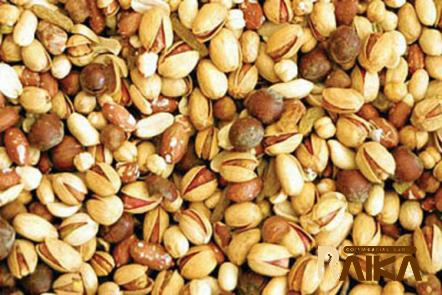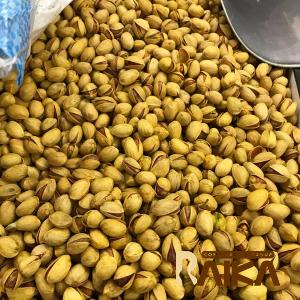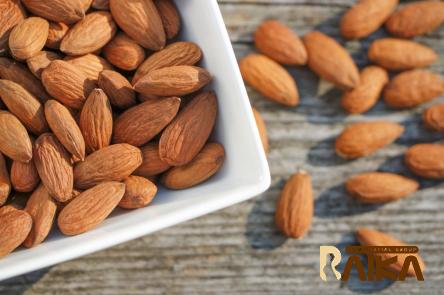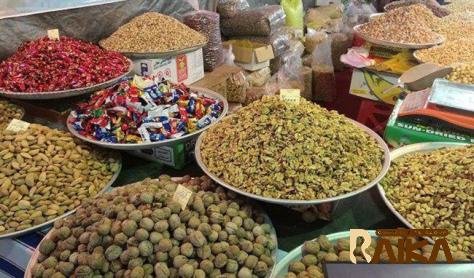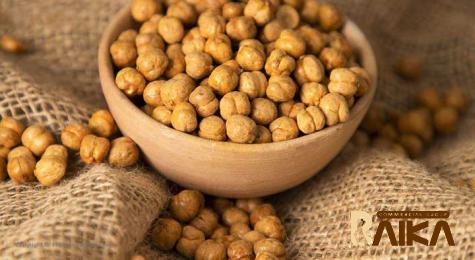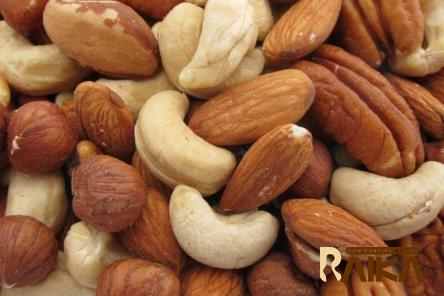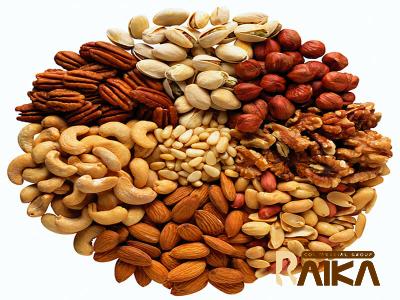Buy the best types of peanuts in India at a cheap price
The production statistics of peanuts in India and their different types is a considerable topic in cultivation and botanical studies
The largest oilseed crop and a key agricultural export from India is the groundnut
Although Kharif, rabi, and summer are the three seasons in which groundnut is grown in India, the Kharif crop makes up around 80% of the country’s annual acreage and production (June-October)
In five of India’s most significant groundnut-growing states, thorough research was carried out during the height of harvest to gauge the production of the Kharif 2018 crop’s groundnuts
Eleven teams traveled to the major groundnut-growing regions and spoke with 3,070 groundnut farmers in 42 districts throughout the five states
For the benefit of the parties involved in the export trade, a brief presentation of the estimations was made during the IOPEPC’s Annual Trade Meet on October 28, 2018, in Mahabalipuram, Chennai
India’s groundnut acreage in the 2018 Kharif season was 38,90,000 hectares
Rajasthan (5,49,052 ha; 14
1%), Andhra Pradesh (6,60,000 ha); Gujarat (14,67,600 ha; 37
7%); and Karnataka (3,82,940 ha; 9
8%) are the five states
Together, Maharashtra accounted for 83
7% of the country’s land area (1,95,594 hectares, or 5
0%)
At the national level, there was a 6
3% decrease in acres compared to Kharif-2017
The biggest fall (10%) occurred in Gujarat, while the slightest (1%) was in Andhra Pradesh
Karnataka’s land area only slightly increased (1
3%)
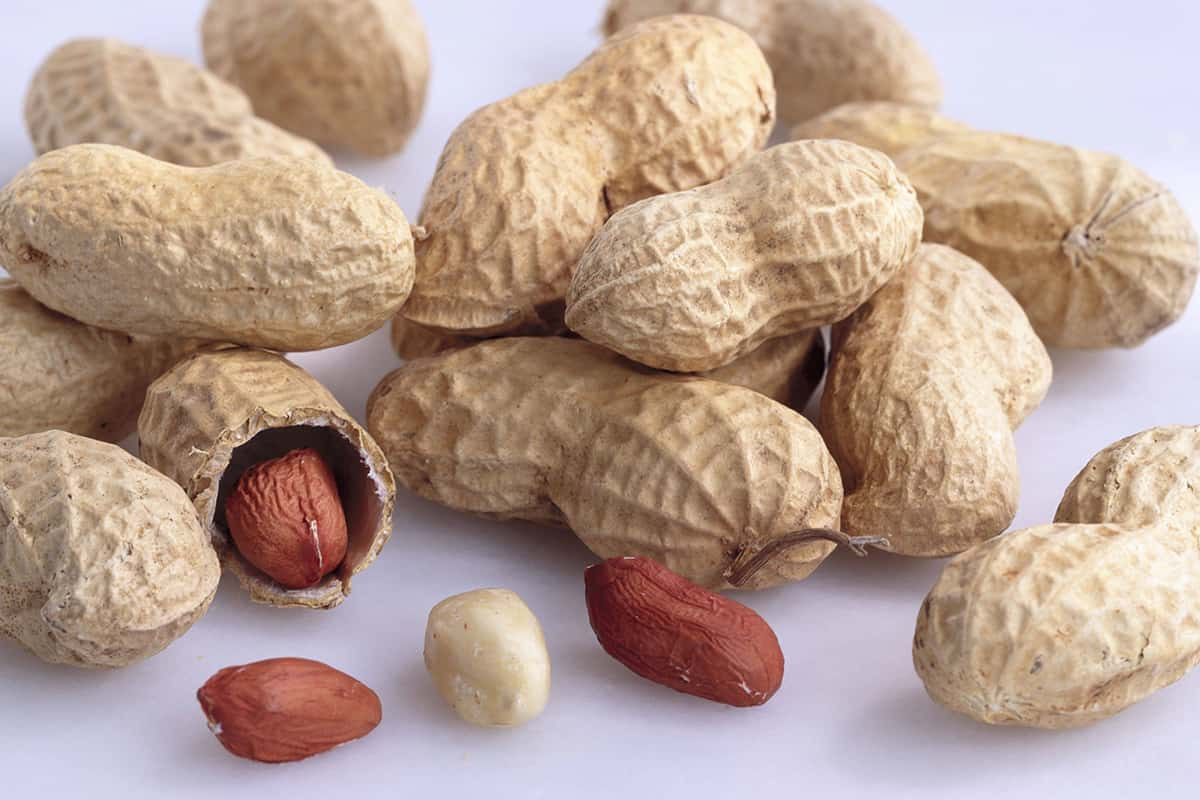
Between 51 and 67 percent of groundnut growers had farms with less than two hectares of land
In the whole country, sowing activity peaked between 8 June and 5 July
In Rajasthan (28%) and Maharashtra (42%), as well as in Gujarat (31
2%), Andhra Pradesh (25
2%), and Karnataka (22
9%), the most seeding took place between June 8 and June 14
The majority of farmers bought seeds from nearby vendors, but some also produced their own
When selling groundnut seeds, it’s common for vendors to combine different types under the guise of a well-known authentic variety or give their seed stocks a new name
The majority of farmers relied on neighborhood seed vendors, so they were unable to identify the actual variety (identification) of the seed they had used
In Gujarat and Rajasthan, 98 to 99 percent of farmers used pesticides to manage diseases and pests
However, the percentage of farmers that use pesticides was relatively low in Maharashtra (88%), Karnataka (82%), and Andhra Pradesh (77%)
A yield of 2051 kg/ha was predicted for Rajasthan, with Gujarat, Maharashtra, Andhra Pradesh, and Karnataka following closely behind with yields of 1421 kg/ha, 1361 kg/ha, 883 kg/ha, and 750 kg/ha, respectively
1,336 kg/ha was the estimated national average yield
The combined production of these five states was estimated to be 43,47,298 MT or 83
6% of the anticipated national output
Gujarat contributed 20,84,780 MT, or 40
1%, of the nation’s output, followed by Rajasthan (11,26,206 MT, or 21
6%)
Karnataka (2,87,178 MT; 5
5%), Andhra Pradesh (5,82,972 MT; 11
2%), and Maharashtra (2,66,162 MT; 5
12%), while the combined contribution of the remaining states was estimated at 8,48,698 MT, or 16
4%
As a result, 51,95,990 MT of Kharif crop was expected to be produced in India overall in 2018
In important groundnut-growing regions in 2018, the Kharif precipitation was inconsistent and inadequate
Due to a combination of a 6
3% decrease in area and irregular and inadequate rainfall, the Kharif 2018 production (51
95 lakh MT) was predicted to be lower than that of the Kharif-2017 season (62
21 lakh MT)

Peanut production in India
IntroductionBetween the latitudes of 40°N and 40°S, the leguminous crop plant known as groundnut (Arachis hypogaea L
) is widely grown
Due to its high-oil seeds, it is the third most significant source of vegetable protein and the fourth most significant source of edible oil worldwide
In addition to being a significant oilseed crop in India, groundnut is a significant agricultural export
With an annual all-season coverage of around 70 lakh hectares and a yield of between 80 and 85 lakh MT, India is top in terms of groundnut acreage (in shell groundnuts)
Although groundnut is grown in numerous Indian states throughout one or more of the seasons (Kharif, rabi, and summer), the Kharif crop accounts for over 80% of the total acreage and production (June-October)
An organized and thorough crop survey was carried out in the major groundnut-growing states of India to anticipate groundnut output for the Kharif 2018 crop season and offer estimates as early as the last week of October 2018
The crop survey’s importance and objectives The third week of October is normally when the bulk of the Kharif groundnut harvest arrives, and it continues into the second week of November
Due to its reliance on rainfall, the production of Kharif groundnut varies substantially from year to year in different areas of India
Three to four months following the primary harvest of the Kharif crops, in January or February, the Government of India publishes the second advance estimate, the earliest reliable crop estimate
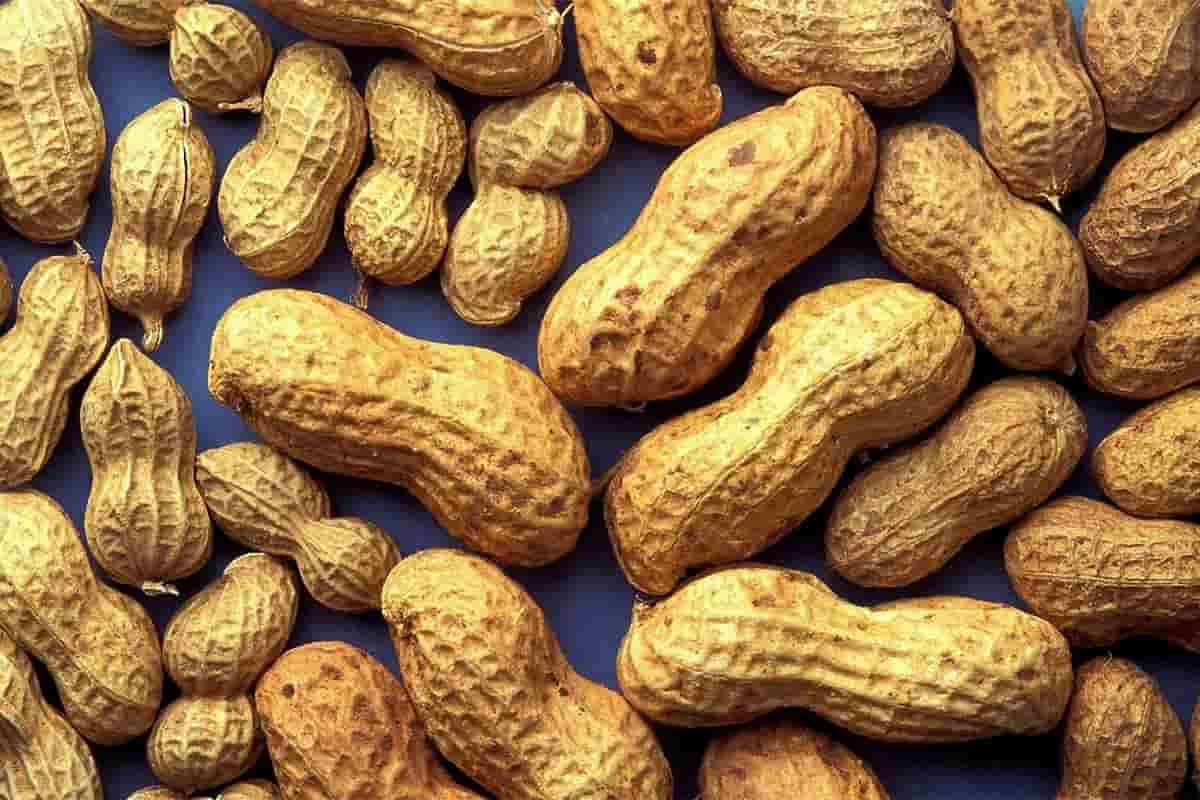
Making decisions about purchases, processing, and exports would be greatly aided if the forecasts for the Kharif-2018 groundnut crop were made available soon after harvest (the first two weeks of November)
To meet the fundamental needs of the stakeholders, a study was performed in the five major groundnut-growing states of India, namely Rajasthan, Gujarat, Maharashtra, Karnataka, and Andhra Pradesh
At the IOPEPC’s Annual Trade Meet on October 28, 2018, in Mahabalipuram, Chennai, a brief presentation of the estimates was made
The methodologies utilized for the survey and the estimations are thoroughly described in this publication
METHODOLOGYGroundnut acreage by state and districtThe Directorate of Economics and Statistics of the Indian Government’s website was used to track the Kharif 2028 groundnut crop state-by-state
State agriculture agencies were contacted by mail or by downloading data from their websites for final district acreage
Local preferences After sorting by groundnut acreage, only states with at least 80% of the national acreage were discovered
Similarly, each state’s districts were chosen to cover at least 75% of its entire territory
Districts were ranked by acreage
Decide how many farmers to interview
Every state interviewed 0
1% of its peanut acres for Kharif 2018
(e
g
, for a state with an acreage of 78,000 hectares, a minimum of 78 farmers were to be interviewed)

Surveyors’ teams Each survey crew had two agri-experts and one assistant
The teams have to interview farmers in their villages or LDS
Data was collected using a standardized questionnaire (Annexure 1)
Randomly selected villages/farmers were delegates
GPS tracks surveyors’ mobility Every survey crew uses GPS (Global Positioning System)
The interview points were labeled
GPS-tagged dots on state/district maps show the interview teams’ journey
Rainfall data The IMD website provided monthly precipitation statistics for June, July, August, and September (Indian Meteorology Department)
This information is related to Indian states and Utah
Survey design The study was conducted from the final week of September to the third week of October, during the peak groundnut harvesting season for the Kharif crop
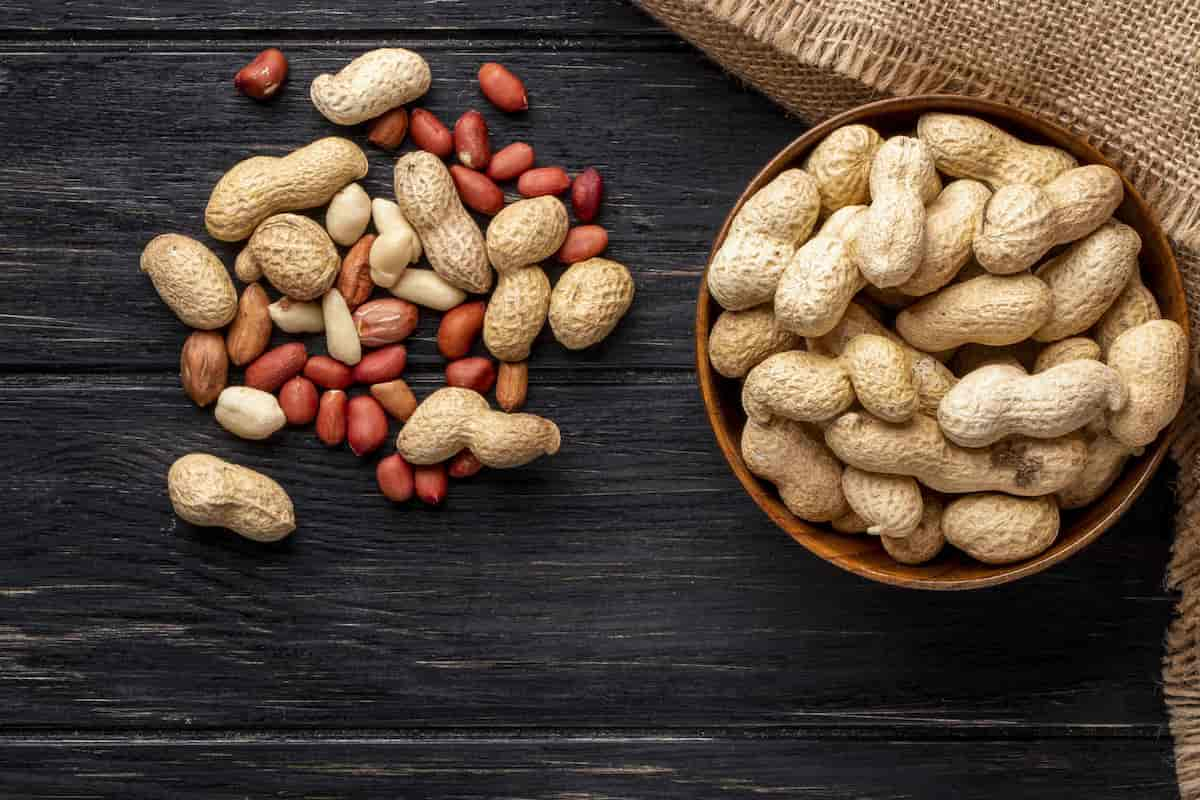
Average district and state yields (kg/ha) and production (metric tonnes)By averaging farmers’ production statistics, the average groundnut (in-shell) yield for each district was calculated
The yield was measured in kg/ha
Each district’s groundnut production was estimated by dividing its average yield by its area (in hectares)
MT designated product (metric tonnes)
The predicted yield of non-surveyed districts was estimated by dividing the total area by the weighted average yield of surveyed districts in each state
A state’s total anticipated output was computed by combining estimated production in surveyed and unsurveyed zones
Non-surveyed states’ average yields The weighted average yield of surveyed states was considered to be equivalent to non-surveyed states
Non-surveyed states’ production was computed using weighted average yield and state area
The expected outputs of surveyed and unsurveyed states were added to get India’s total
ResultsKharif 2018 groundnut plantingIndia cultivated 38,90,000 hectares of groundnuts during the Kharif 2018 harvest season, according to the Directorate of Economics and Statistics
Andhra Pradesh, Maharashtra, Rajasthan, Gujarat, and Karnataka covers 83
7% of India’s land area

